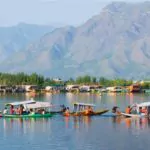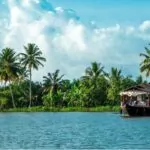What Is The Best Time To Visit Nepal?
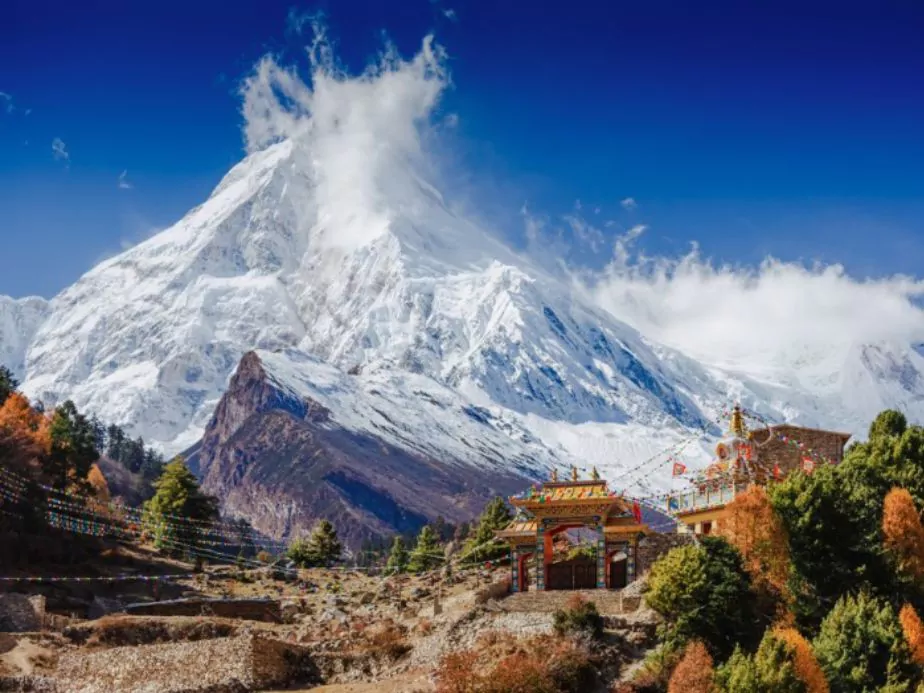
Nepal, a country where the sky-touching Himalayas meet rich cultural landscapes, is a destination that offers something extraordinary in each season. Whether you’re a trekking enthusiast, a culture lover, or simply in it for the breathtaking vistas, understanding the best time to visit Nepal is crucial for planning your trip. This comprehensive guide covers all you need to know about Nepal’s seasons, weather patterns, and the myriad experiences they bring.
1 Understanding Nepal's Seasons
Spring Season (March to May)
Spring, running from March to May, is widely considered the best time to visit Nepal. During these months, temperatures begin to warm, and the country is in full bloom, with rhododendrons and wildflowers carpeting the hillsides. This is the peak trekking season, offering clear blue skies and pleasant daytime temperatures, ideal for high-altitude trekking like the Everest Base Camp or the Annapurna Region. Nights can still be chilly, so packing appropriately is essential. Cultural highlights include the Ghorepani trek and witnessing local festivals in their vibrant glory.
Summer/Monsoon Season (June to August)
The summer, merging with the monsoon season, lasts from June to August. This period is characterized by heavy rain, lush greenery, and warmer temperatures. Trekking can be more challenging due to slippery trails and leeches, especially in areas outside the rain shadow regions like the Upper Mustang. However, this is also the time when Nepal experiences fewer tourists, making it an appealing off-season destination for those who prefer solitude and are prepared for the monsoon rains.
Autumn Season (September to November)
Autumn, stretching from September to November, is another peak season for visiting Nepal. Post-monsoon, the skies clear up, and the weather is dry with moderate daytime temperatures and cool nights. The landscapes, refreshed by the monsoon rains, offer spectacular clear views. Popular treks like the Mardi Himal Trek and sightseeing tours in major cities like Kathmandu and Pokhara are at their best. Early September still sees occasional rain, but by mid-September, the weather typically stabilizes.
Winter Season (December to February)
Nepal’s winter, from December to February, brings cooler weather, particularly in the high mountains where temperatures can drop significantly. This is the coldest month range in Nepal, yet, for those who don’t mind the cold, it’s a wonderful time to enjoy clear skies and fewer crowds. The lower regions like Chitwan National Park offer a respite from the cold with more temperate climates, making it a perfect time to explore Nepal’s diverse wildlife and natural parks.
2 Monthly Breakdown for the Best Time to Visit Nepal
January & February – Chilly Winds and Serene Trails
January and February, part of the Nepal winter, often see snow in the mountains, with daytime temperatures being chilly. However, this is a great time for cultural tours in the cities and low-altitude hikes.
March to May – Vibrant Spring and Trekking Highs
In early spring, temperatures begin to rise, and the trails start getting busier. March to May offers some of the best trekking conditions, with a moderate climate and clear views. Everest Base Camp and treks in the Annapurna region like the Ghorepani trek are popular choices.
June to August – Lush Monsoon and Off-Season Adventures
This period marks the summer monsoon in Nepal. While trekking high routes can be tricky, regions like the Upper Mustang, which lie in a rain shadow, remain comparatively dry. These months are less crowded, offering a more laid-back experience of Nepal’s culture and lower trails.
September to November – Autumn Splendor and Perfect Trekking
September to November is arguably the best season to visit Nepal. With the summer heat dissipated and the landscapes lush and green after the monsoon rains, trekkers flock to the popular trails. Clear skies and stable weather make high-altitude trekking particularly rewarding.
December – Crisp Winters and Clear Views
December marks the beginning of winter in Nepal. With daytime temperatures dropping and nights turning cold, this is a quieter time for trekking. Yet, for those willing to brave the cold, December offers some of the clearest skies and most peaceful trekking conditions.
3 Places to Visit in Nepal
Kathmandu Valley
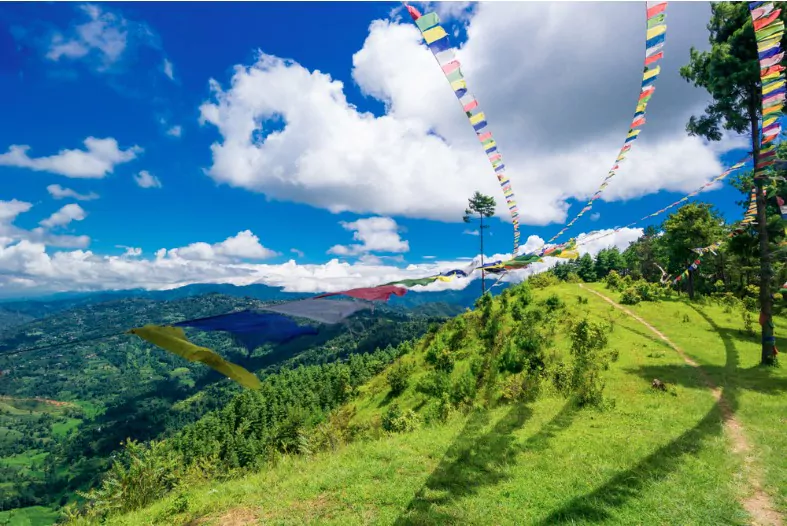
- Kathmandu Durbar Square: A UNESCO World Heritage site, this historic square is filled with palaces, courtyards, and temples, reflecting the architectural grandeur of the Malla dynasty.
- Swayambhunath Stupa (Monkey Temple): Known for its iconic whitewashed dome and golden spire, Swayambhunath offers panoramic views of Kathmandu along with a spiritual ambience.
- Pashupatinath Temple: A sacred Hindu shrine, Pashupatinath is known for its stunning architectural beauty and its Ghats where religious ceremonies often take place.
- Patan and Bhaktapur: Nearby cities known for their ancient art, architecture, and fine craftsmanship.
Pokhara
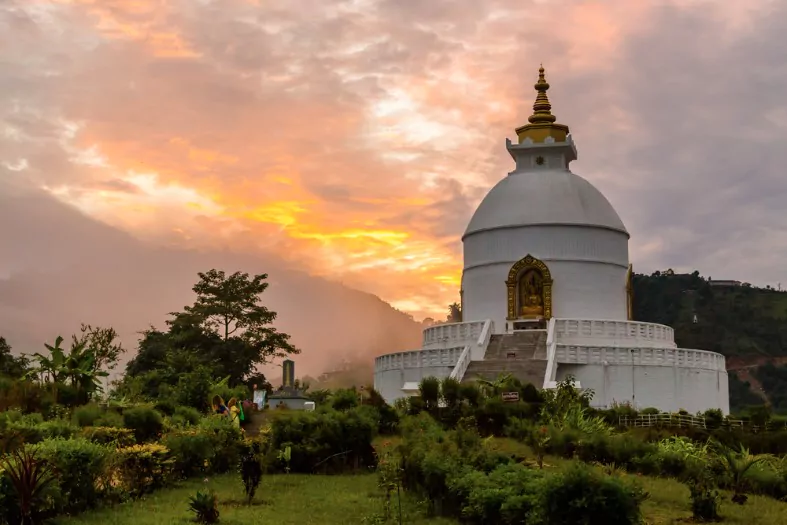
- Phewa Lake: Take a boat ride or enjoy a leisurely walk around this serene lake, with the Annapurna range forming a stunning backdrop.
- Sarangkot: Ideal for witnessing sunrise or sunset over the Himalayas and for paragliding experiences.
- World Peace Pagoda: This stunning white stupa offers panoramic views of the lake and the city.
Chitwan National Park
Renowned for its biodiversity, Chitwan National Park is the place for wildlife safaris where you can spot rhinos, tigers, elephants, and a variety of birds.
Lumbini
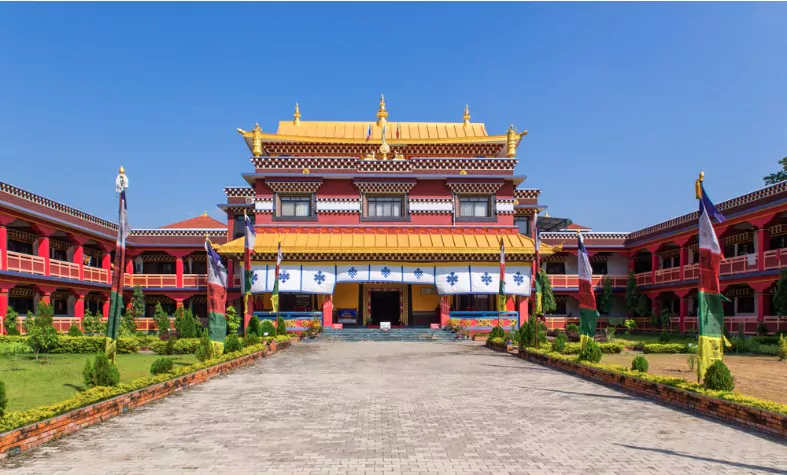
The birthplace of Lord Buddha, Lumbini is a pilgrimage site, with numerous temples and monasteries. It’s also a UNESCO World Heritage Site.
Annapurna Region
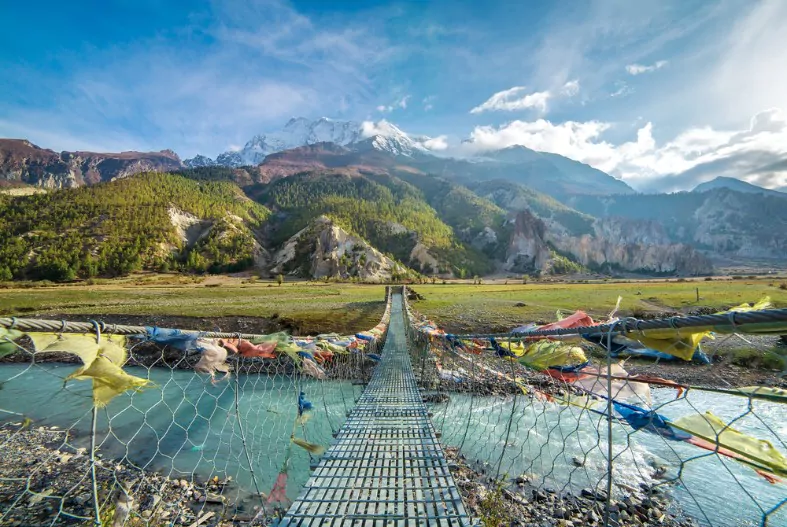
- Annapurna Base Camp: Offering one of the most famous treks in Nepal, it provides dramatic close-up views of the Annapurna range.
- Ghorepani Poon Hill: Popular for a short trek, famous for its sunrise views over the Himalayas.
Everest Region
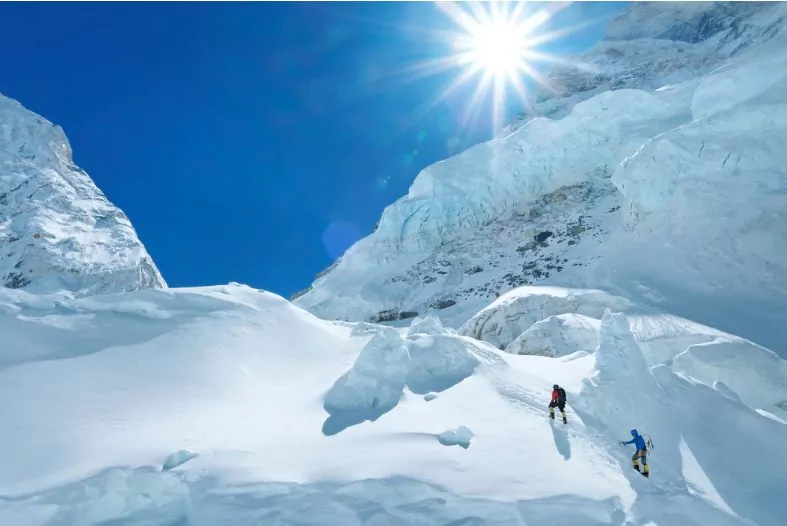
- Everest Base Camp: A bucket-list destination for many, this trek offers close encounters with the world’s highest peak, along with a deep insight into Sherpa culture.
- Namche Bazaar: A bustling town in the Khumbu region, it serves as a crucial acclimatization stop for trekkers heading to Everest Base Camp.
Mustang
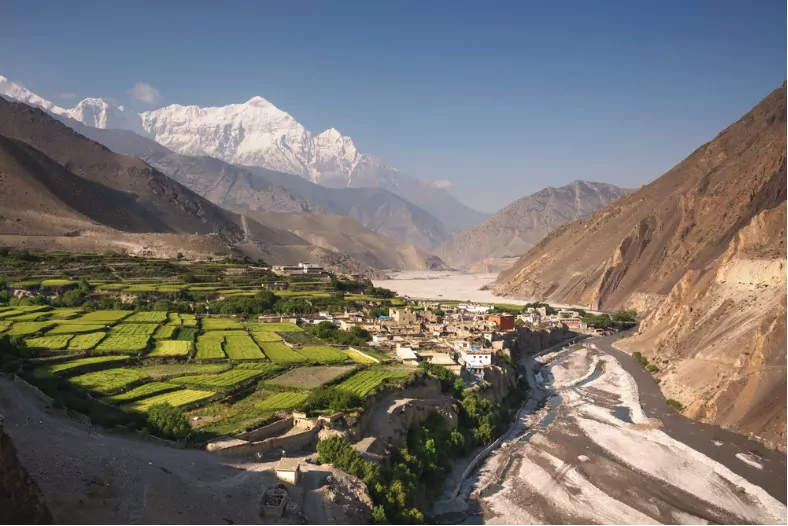
A former kingdom with a landscape and culture more similar to Tibet. The walled city of Lo Manthang is a highlight here.
Rara Lake
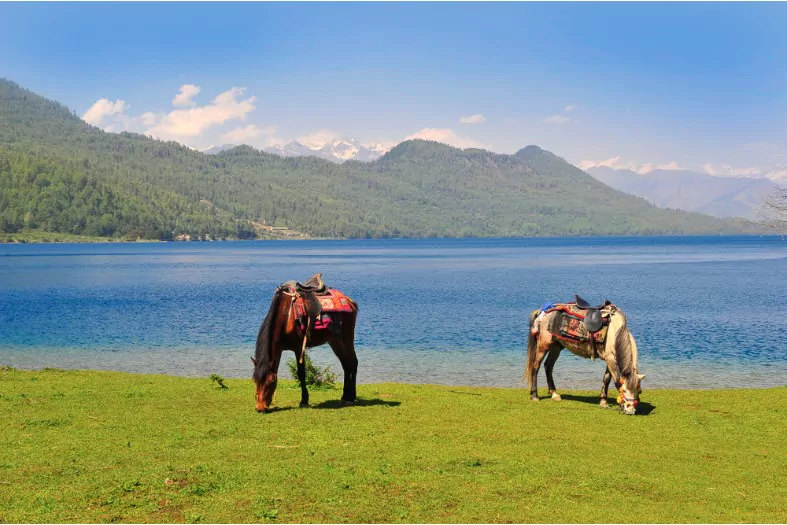
Located in the remote Karnali region, Rara Lake is Nepal’s largest lake, offering stunning tranquillity and scenic beauty.
Ilam
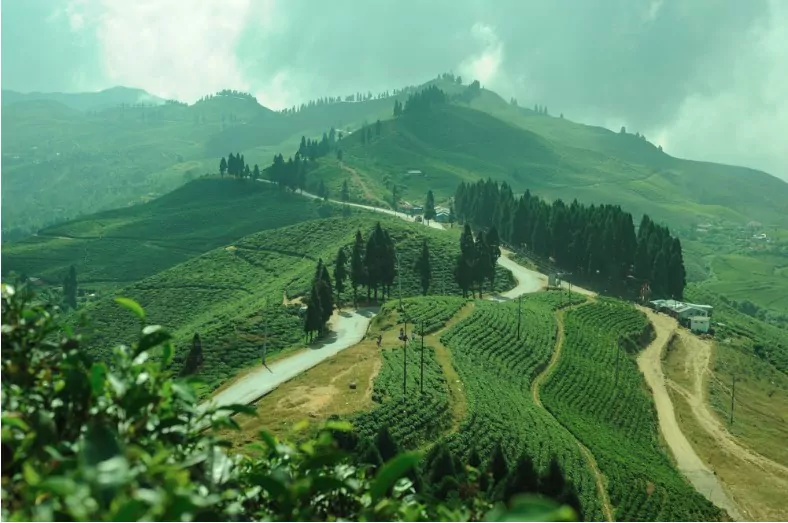
Famous for its tea gardens, Ilam’s landscapes are green, soothing, and a complete departure from Nepal’s rugged mountainous image.
Bandipur
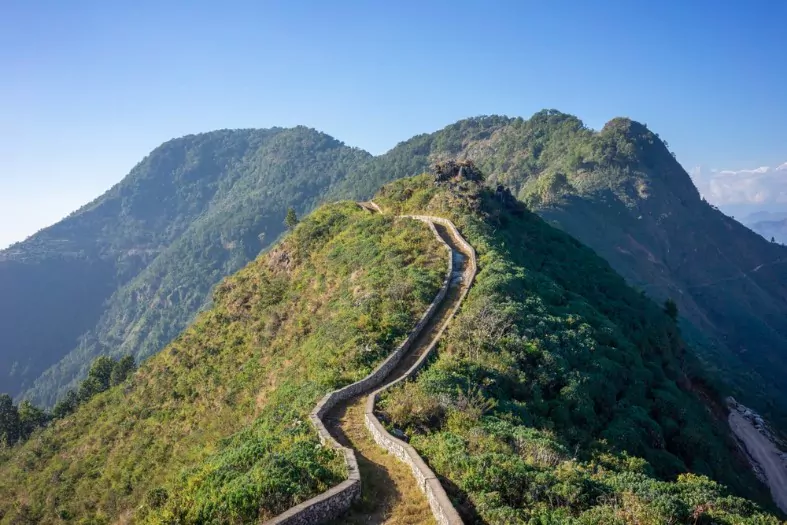
A living museum of Newari culture and a preserved village offering insights into traditional Nepali life.
Gosaikunda
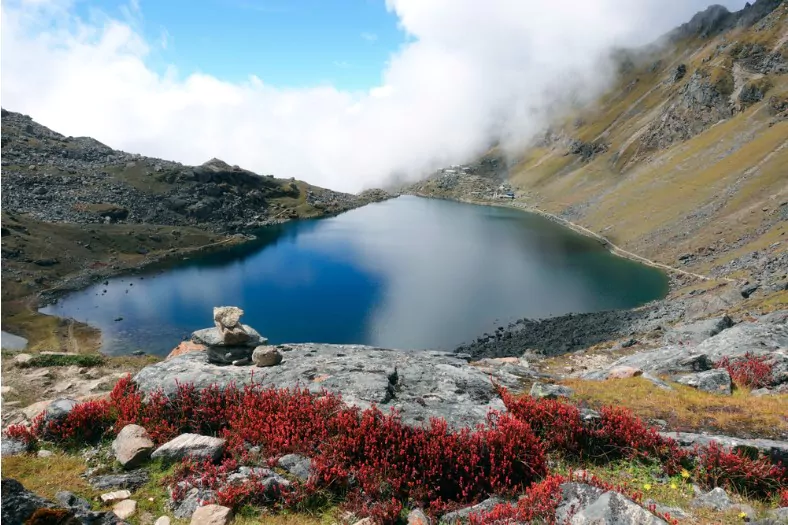
An alpine lake in the Langtang National Park region is revered as a holy site in Hindu mythology.
Nagarkot
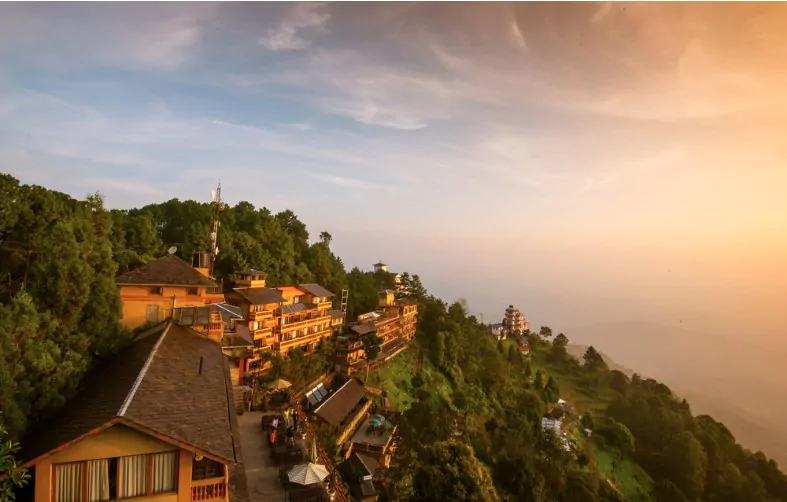
Known for its views of the Himalayan range, including Mount Everest, and is popular for short hikes and sunrise or sunset views.
4 Trekking and Festival Highlights by Season
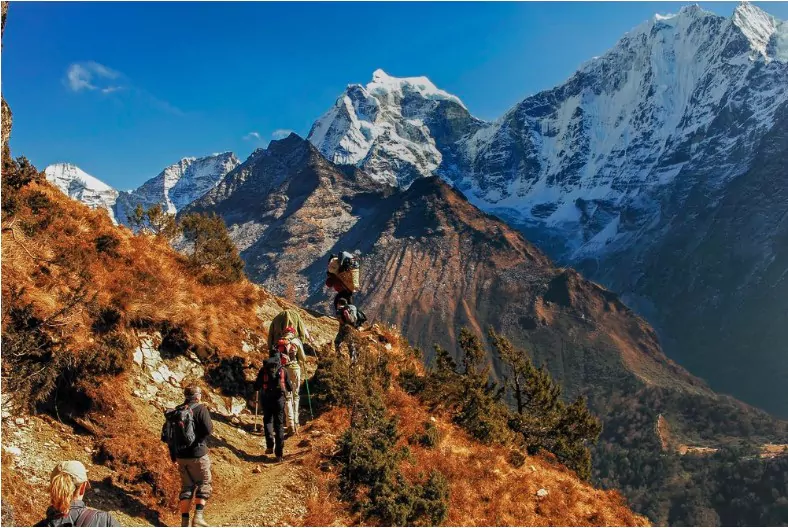
- Spring Season: Enjoy the blooming rhododendrons on treks and witness festivals like Holi and the Nepali New Year.
- Summer/Monsoon: Ideal for experiencing Nepal’s lush greenery and attending the Kathmandu International Film Festival.
- Autumn Season: Catch the Dashain and Tihar, Nepal’s most significant festivals, and enjoy trekking with stunning Himalayan views.
- Winter Season: Quieter trails and celebrations like the Losar (Tibetan New Year) in the Himalayan regions mark this season.
5 Other Considerations
Altitude and Weather
The weather in the mountains is unpredictable. Even during the best trekking seasons, be prepared for sudden weather changes. High-altitude trekking demands respect for the elements; thus, always stay updated with local forecasts.
Wildlife and Safari
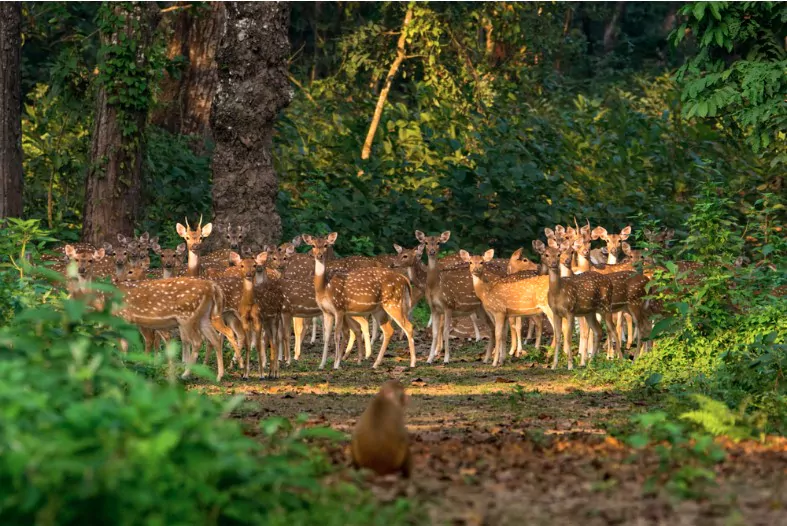
Visiting Nepal isn’t just about trekking. National parks like Chitwan and Bardia are fantastic for wildlife safaris. The best time to visit Chitwan National Park for wildlife viewing is in the winter and early spring when the visibility is better, and animals are often spotted near water sources.
Cultural Tours and City Exploration
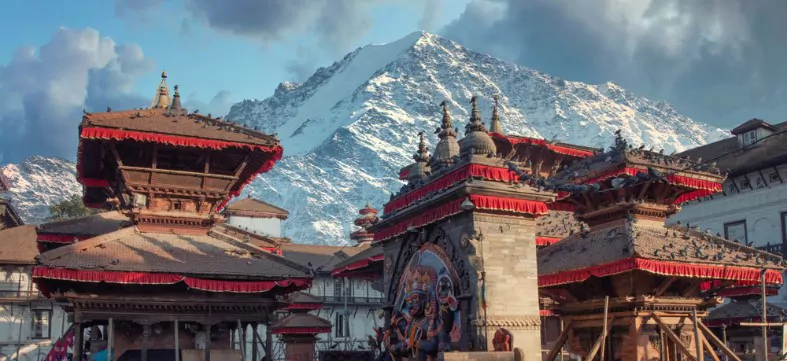
Nepal’s rich cultural heritage shines year-round. Cities like Kathmandu, Bhaktapur, and Patan offer a plethora of architectural marvels and traditional experiences. While you can visit these places throughout the year, spring and autumn offer the most comfortable climate for exploration.
Adventure Activities
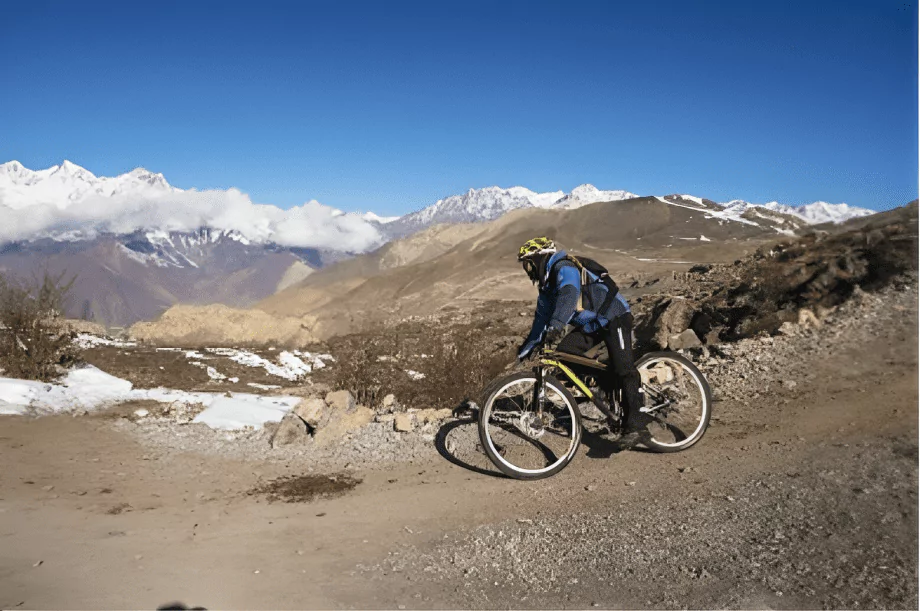
Apart from trekking, Nepal offers rafting, paragliding, and mountain biking. These activities are best enjoyed in the spring and autumn seasons when the weather is stable and views are unobstructed.
Travel Packages and Costs
The cost of visiting Nepal varies by season. Peak seasons like spring and autumn see higher prices for flights, accommodations, and trekking packages. The off-season offers more budget-friendly options but comes with weather-related challenges. Look for the best international packages that balance cost with the experience.
6 Wrapping Up
Every season in Nepal has its charm and challenges. For trekking enthusiasts and mountain lovers, the best time to visit Nepal is undoubtedly during the spring and autumn when the weather is most favourable. However, for those who seek to experience the country’s vibrant culture, lush landscapes, or serene environments without crowds, the off-season months can be equally rewarding. Nepal, with its diverse geography and rich heritage, promises an unforgettable experience any time you choose to visit.
Community Q&A
About This Article
This article has been viewed 144 times.


